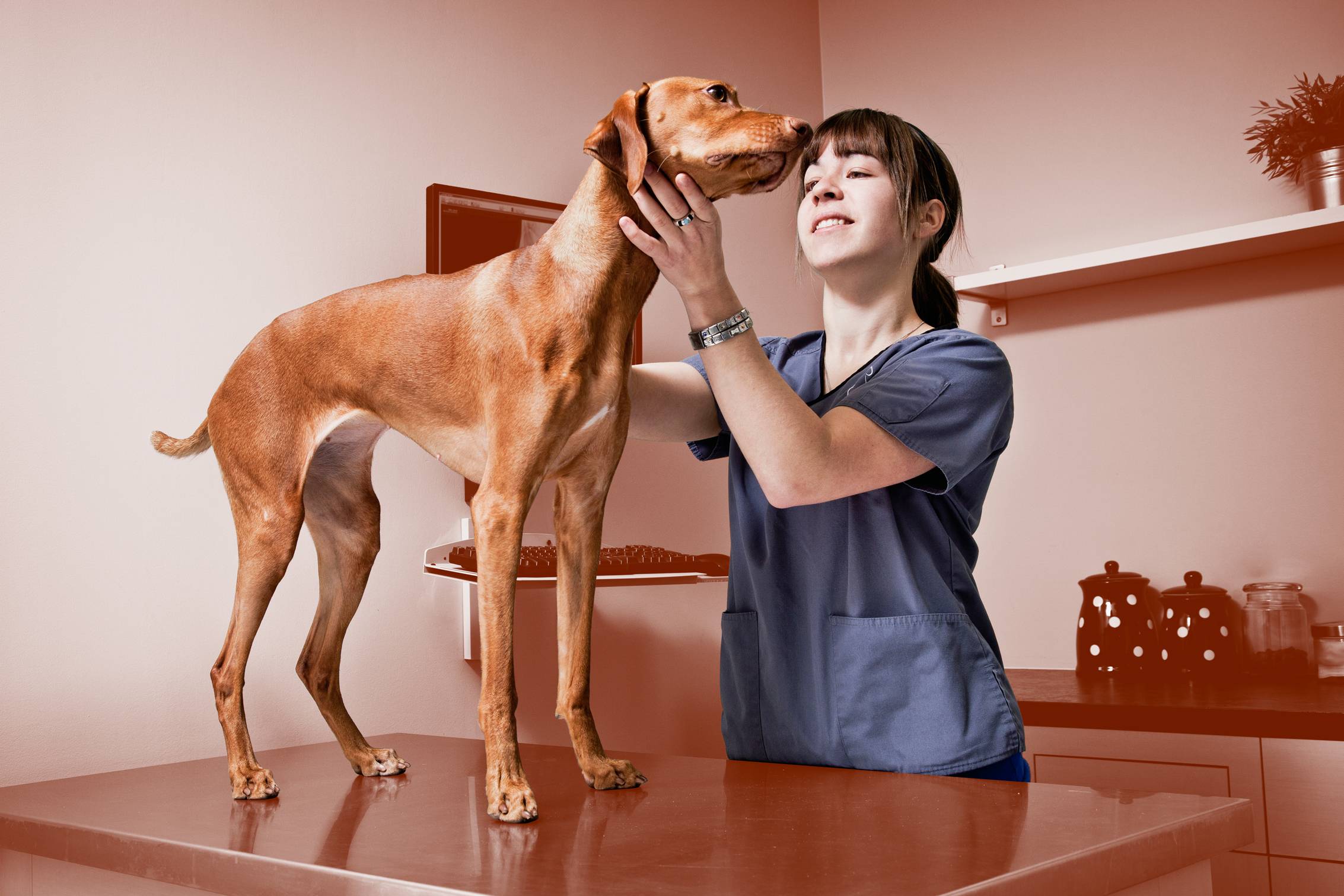
You should be aware of a few important things when buying pet insurance. The first thing you should consider is the cost for veterinary care. The cost of veterinary care in big cities is higher because there are more veterinarians and better medical facilities. This could increase the cost for your pet insurance policy. There are monthly processing fees as well as enrollment fees.
Age
The majority of pet insurance policies cover your pet for up to eight weeks. After that age, it is more costly and more difficult to get a policy. Additionally, elderly pets may require more care. But that does not mean that they can't be insured. The majority of pet insurance policies that cover older pets will pay 90% of the expense of any medical treatment your pet may require.
Your pet's age can cause your premiums to rise, but there is a way to lower the monthly cost. For pets younger than ten, you may be able to choose a lower reimbursement percentage or a higher monthly deductible to lower your monthly costs. If your pet is over ten years old, you can adjust the terms to lower the monthly costs.

Breed
The cost of pet insurance depends on several factors. Some breeds are more expensive than others. Because of their genetic makeup, some breeds may be more vulnerable to certain illnesses or diseases. The monthly premium for keeping a purebred dog or cat will also increase. There are companies that can group certain breeds into risk pool.
The average cost of pet insurance coverage can vary a lot, depending on the breed and location. Basic policies provide coverage for injuries and illnesses. More comprehensive plans cover lab fees as well as diagnostic tests. You can also enroll in pet wellness plans that reimburse you for preventative care. In general, pet health insurance is similar to human health insurance in terms of cost and coverage.
Locate
Some cases can be affected by the place where the pet's owner lives. This could impact the cost of pet insurance premiums. The cost of pet insurance premiums will be higher if the pet owner lives in New York City than if they live in rural North Dakota. This is due to differences in the cost for veterinary care in different states. Some carriers adjust the premiums to reflect the state where the owner lives.
In larger metropolitan areas, veterinary care is typically more expensive. Their fees are often higher due to higher salaries for vets working in big cities. To compensate for these higher expenses, insurance companies often charge higher premiums to those areas. Some pet insurance companies also charge transaction fees and maintenance fees. This could affect the decision of pet owners to buy a policy. These fees can be waived by some pet insurance companies when the policy holder has paid in advance.

Percentage of reimbursement
A higher reimbursement percentage means that you won't have to pay as much out of pocket when your pet is sick. It will result in lower monthly payments for you and a lower premium. However, a lower reimbursement percentage means a lower premium. You may need to pay more out-of-pocket for medical care.
Most pet insurance companies offer different reimbursement percentages, ranging from seventy percent to ninety percent. A higher percentage will mean that you pay more monthly, but it will also help you to get cash in the event of a claim. You should ensure that the premium covers a deductible similar to the one you would use for regular insurance.